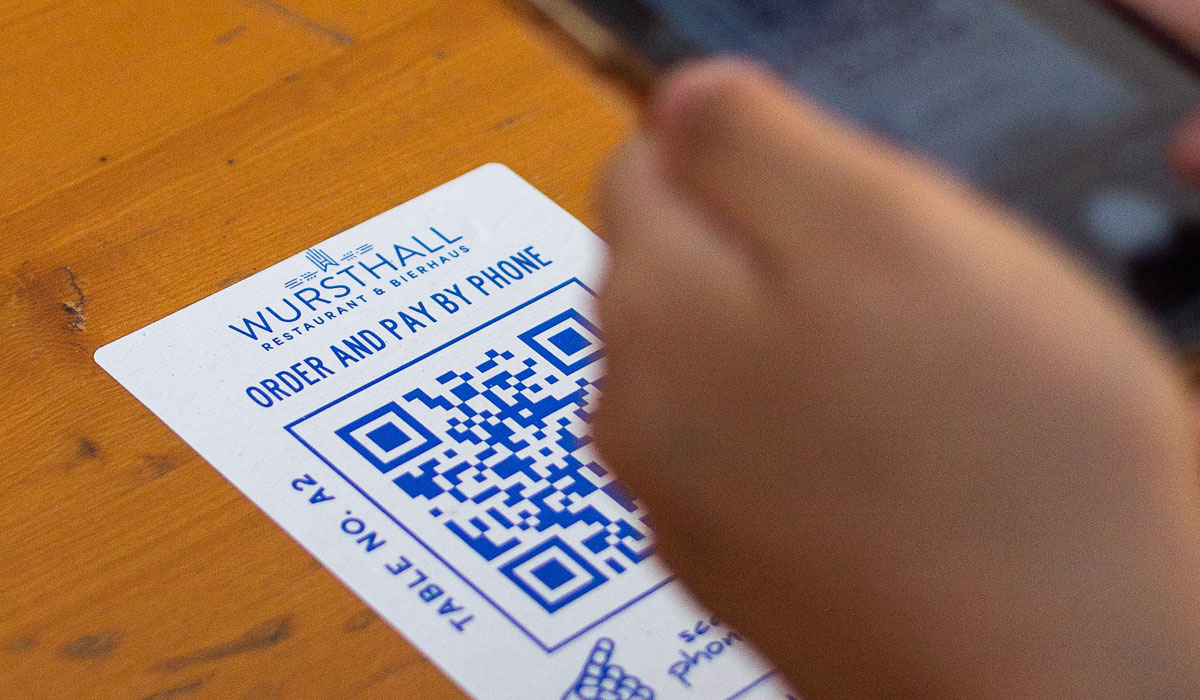No one in the hospitality business could have predicted the COVID-19 pandemic or the impact it would have on restaurant operations. From indoor-dining restrictions to supply-chain issues to labor shortages, it has been a bumpy ride for restaurants since the federal government declared the pandemic a national emergency in March of 2020.
In September of this year, the National Restaurant Association released the results of a national survey of restaurant operators. Some of the findings are a stark reminder that the sector’s struggles are far from over:
- The industry has added back many of the jobs lost during the pandemic, but 78 percent of operators said they didn’t have enough employees to support current customer demand at their restaurants.
- 91 percent of operators reported paying more for food, 84percent had higher labor costs, and 63 percent were paying higher occupancy costs—however, 85 percent reported smaller profit margins than before the pandemic.
- 95 percent of restaurant operators said their restaurant experienced supply delays or shortages of key food or beverage items during the previous three months.
- The majority of survey respondents said that business conditions were worse than they had been three months prior. Some 44 percent of operators anticipate that it will be more than a year before conditions return to normal, with 19 percent believing they never will.
This would seem to paint a rather grim picture, but the good news is that, even if you can’t predict future disruptions, you can prepare for them and mitigate some of the havoc they wreak. Restaurant operators with an adaptive mindset—bolstered by the right technology—can survive even the most challenging of times.
Technology is no longer optional
Businesses with an adaptive mindset recognize that change is the norm, and that the industry is constantly in a state of flux. Running a restaurant as a technology-enabled business is no longer optional; in many ways, technology is the heart and soul of a modern restaurant, especially in the quick-service restaurant space. From the screens that relay front-counter orders to the kitchen staff to the POS cash registers at the drive-through window, tech is what keeps the entire operation running smoothly.
The ability to harness and utilize key data points can help restaurants stay competitive through uncertain times, while also delivering a better consumer experience. In a time that has seen both restrictions on in-store dining and the exponential growth of third-party food-delivery services, restaurant brands might need to offer a little something extra to keep people coming back. Whether they are dining in or ordering for pick-up or delivery, customers have high expectations for their interactions with your brand. They expect those interactions to be safe, easy, and personalized.
A loyalty and engagement platform—one delivered through a mobile app, for example—can provide wins for both a restaurant and its customers. From the restaurant’s perspective, the win is acquiring insights into customers and their behavior in order to offer them the right incentives at the right time. From the customer’s perspective, the benefits are obvious—personalized offers and rewards for loyalty are enough to turn many a hungry diner into a brand super fan.
Be prepared for unanticipated changes
Equally important is the technology that the customer never sees. To stay flexible and adaptive, restaurants should be investing in proven platforms that can evolve with the times and technological advances; this will enable them to implement changes quickly and respond to crises as they arise.
No piece of hardware or software, however sophisticated, will ever be able to fully predict the future, of course. Because so much depends on the climate, commodity prices, and the state of the supply chain, you will never be able to accurately forecast raw-ingredient shortages. One of the best ways to be prepared is with a back-office system set up that can facilitate recipe management and ordering. You can never know when a supplier is going to be unable to deliver something, but the tech can help you respond to a shortage—by letting you know which items you will have to take off the menu, for example.
Harness the forces of chance and coincidence
“The world is so unpredictable,” author Paul Auster once observed. “Things happen suddenly, unexpectedly. We want to feel we are in control of our own existence. In some ways we are, in some ways we’re not. We are ruled by the forces of chance and coincidence.”
While we all certainly hope that we never again witness a public health crisis on the scale of COVID-19, the truth is that something unforeseen will inevitably come along and cause major disruption in the foodservice sector. Take the labor shortage as a prime example. Staffing shortages are endemic in just about every industry right now, and this is likely to remain the case until the pandemic is in the rearview mirror. This is not the first time the industry has seen this, nor is it likely to be the last; such is the cyclical nature of the labor market.
Whether it’s soaring real-estate costs or a catastrophic blight on the global potato supply, there will always be some sort of challenge to be faced. We live in an ever-changing world, after all. The most important thing an organization can do in response is develop an adaptive culture and embrace whatever changes may come—as opposed to trying to push through those changes using sheer brute force.
Raju Malhotra is Chief Product & Technology Officer at PAR Technology (NYSE:PAR). He joined PAR via the acquisition of Punchh, an omni channel loyalty and engagement startup based in San Mateo, CA. Prior to his current role, he was SVP and GM for Marketing Cloud at Salesforce, Chief Product & Technology Officer at Khoros & in different product & engineering roles at Microsoft. He has an undergraduate degree in Computer Engineering from National Institute of Technology, Kurukshetra (India) and an MBA from the Wharton School of Business at the University of Pennsylvania.











